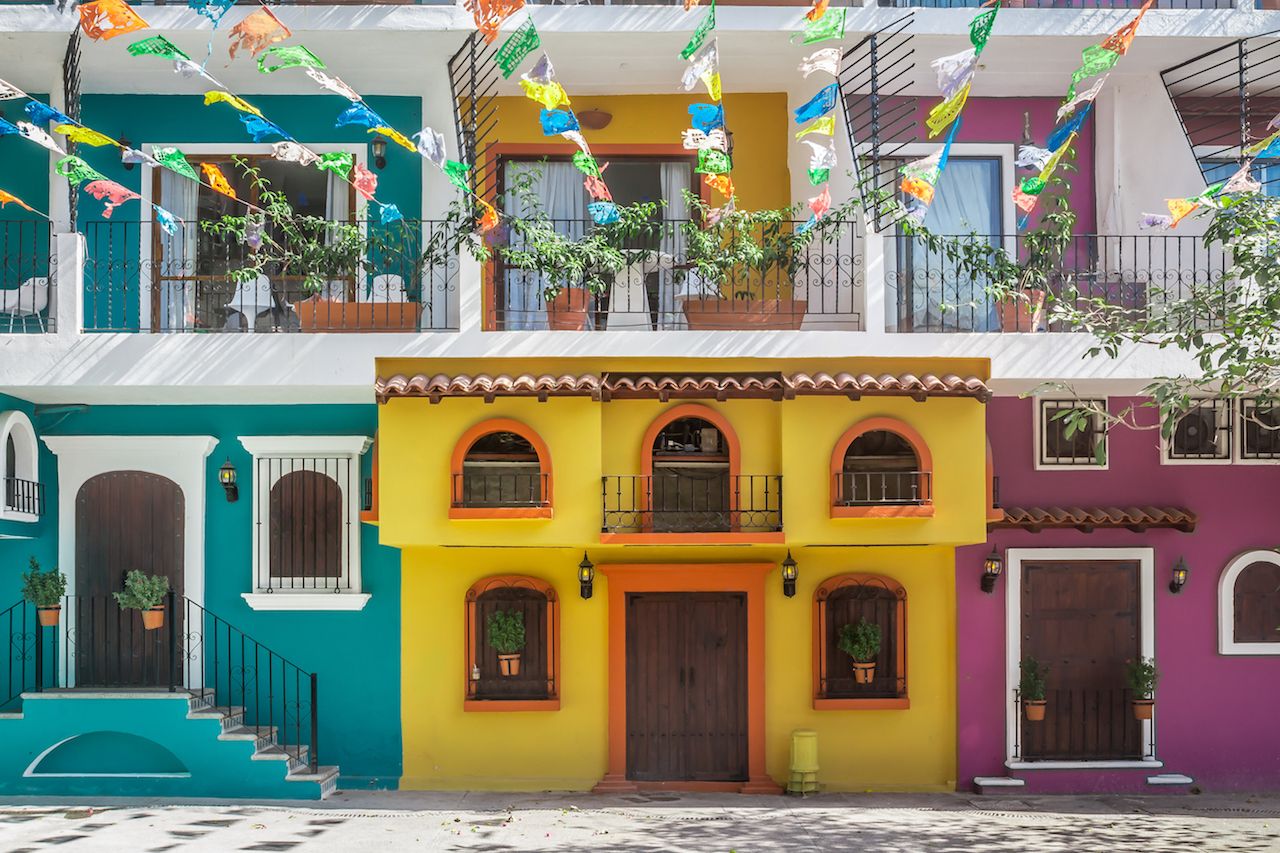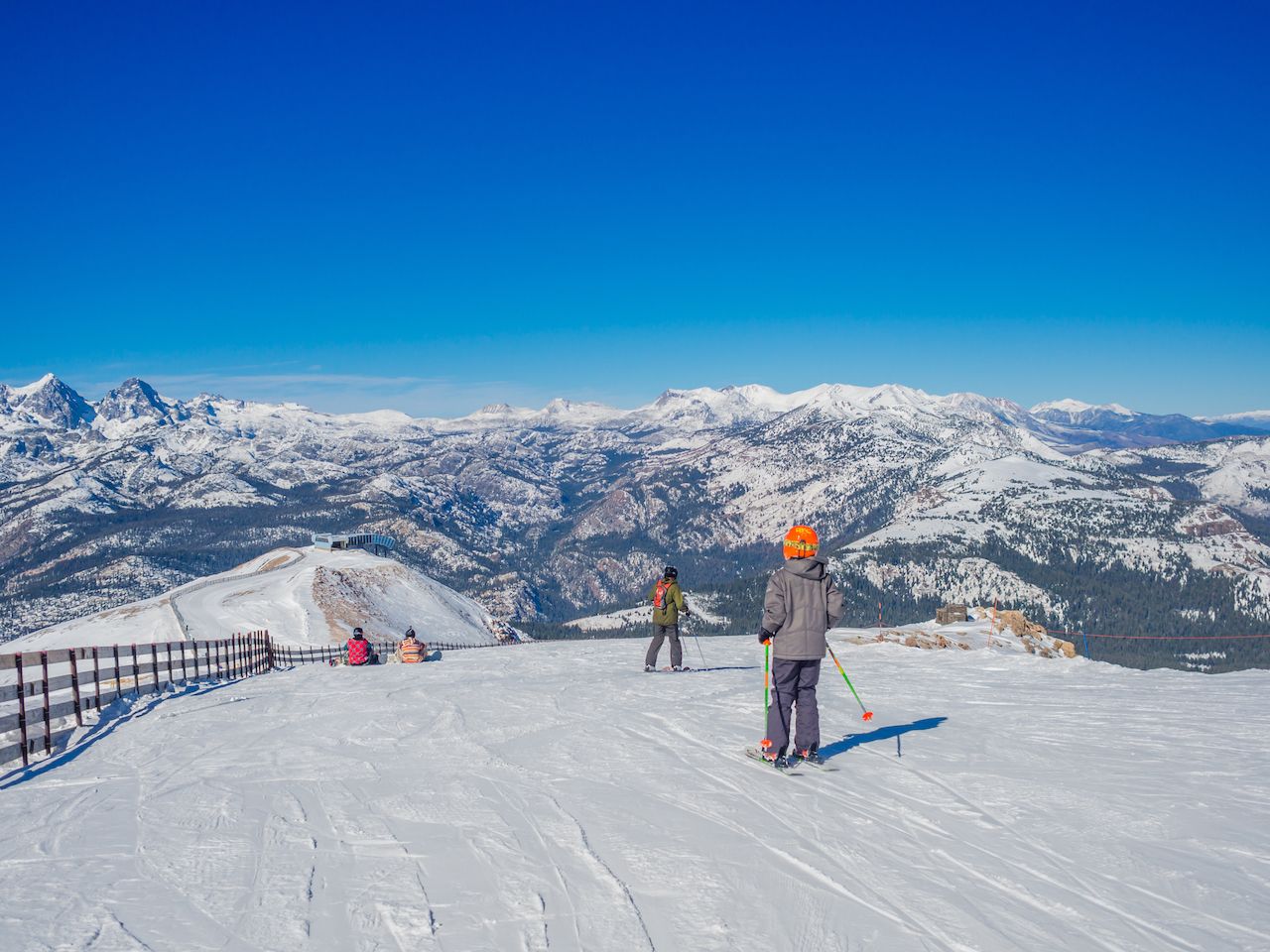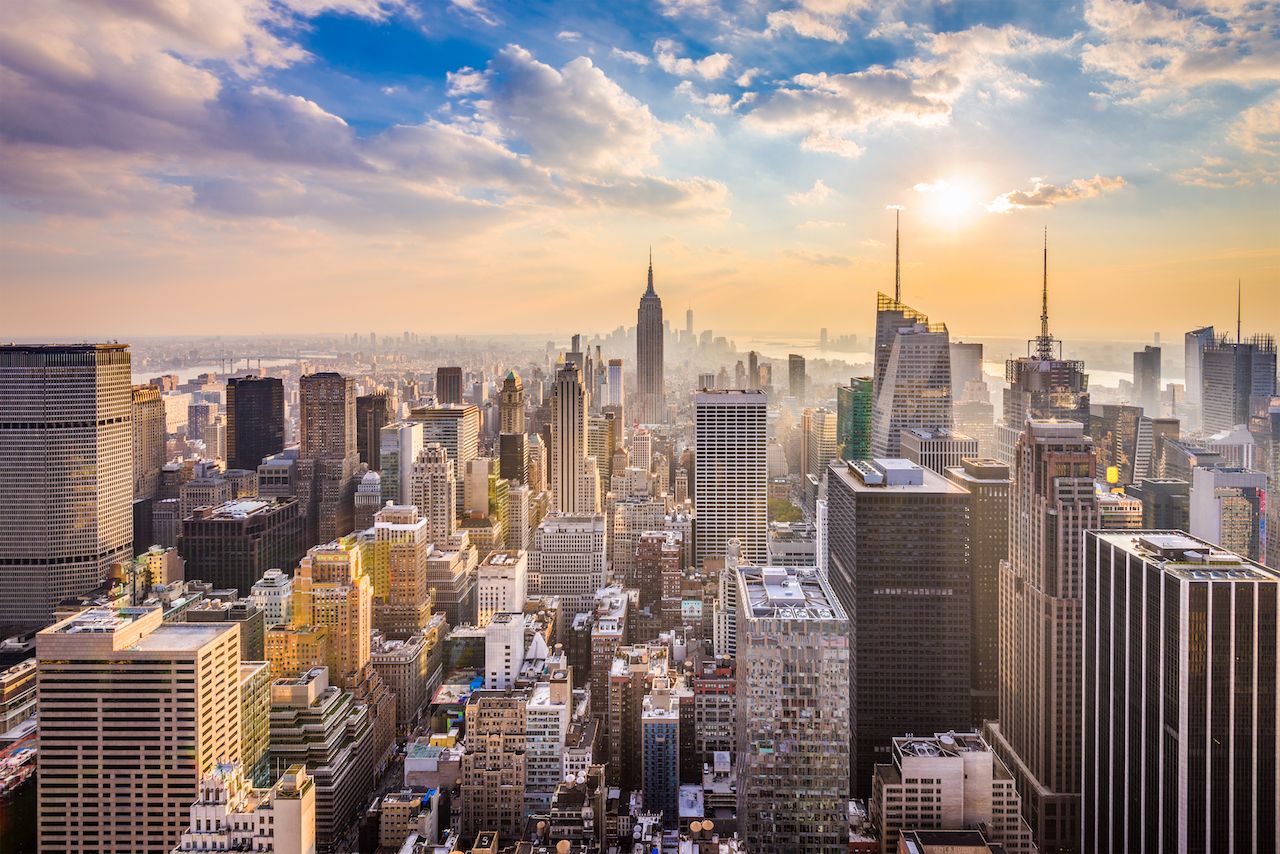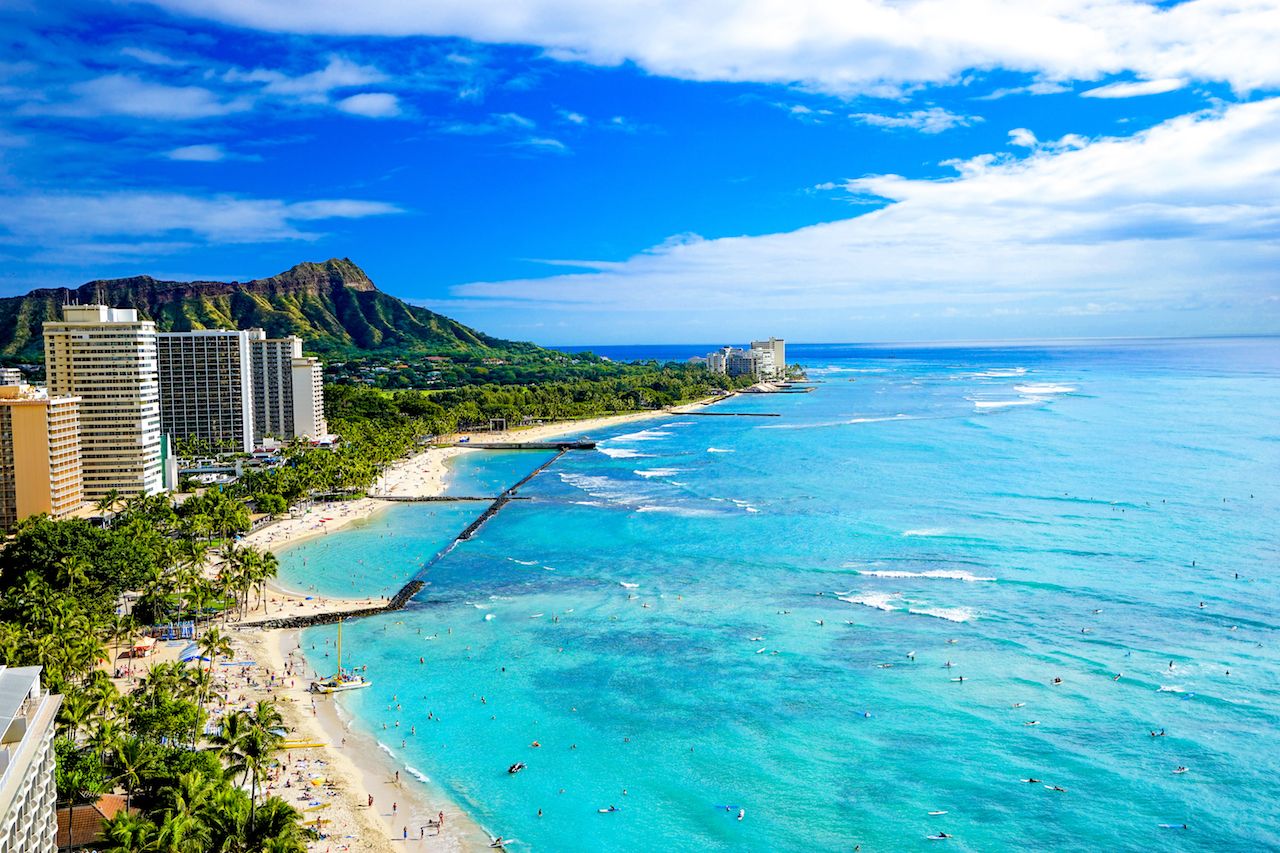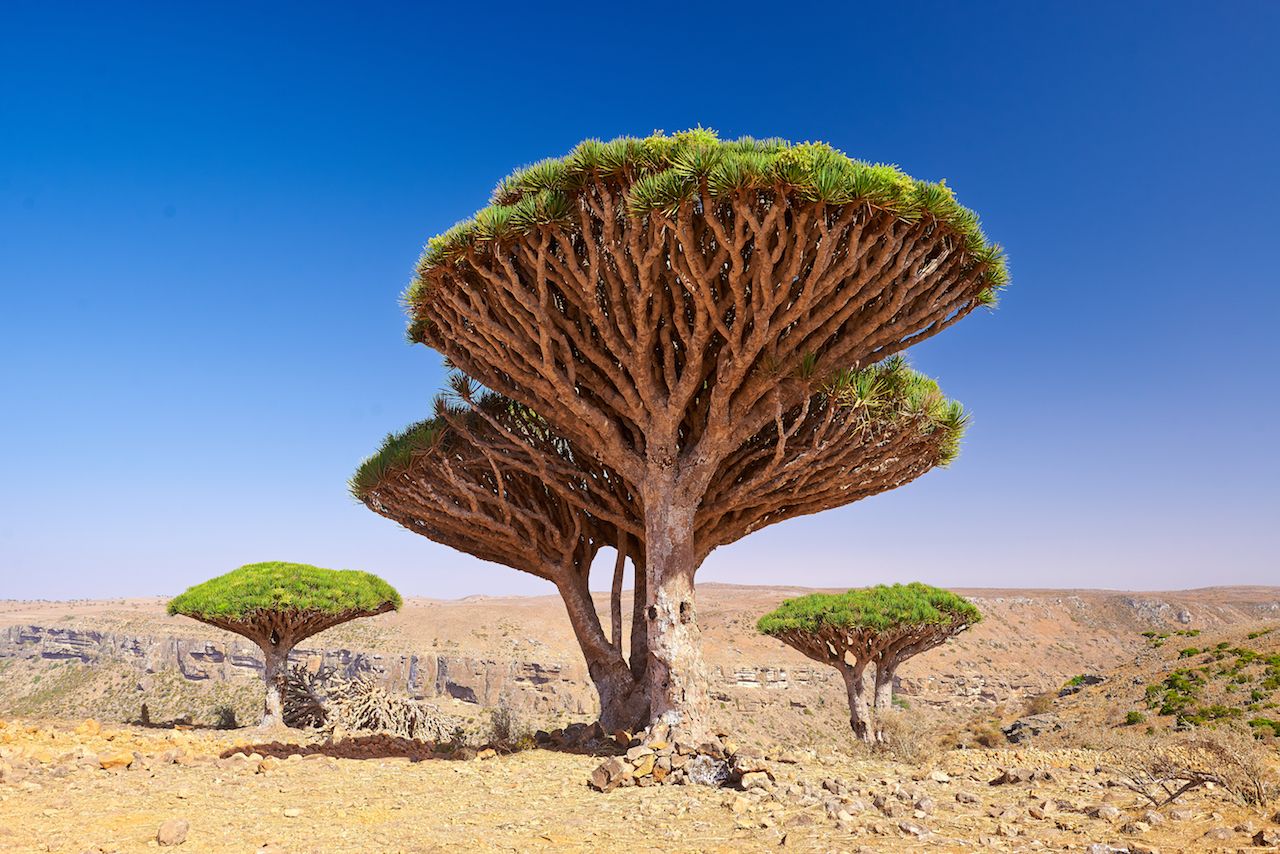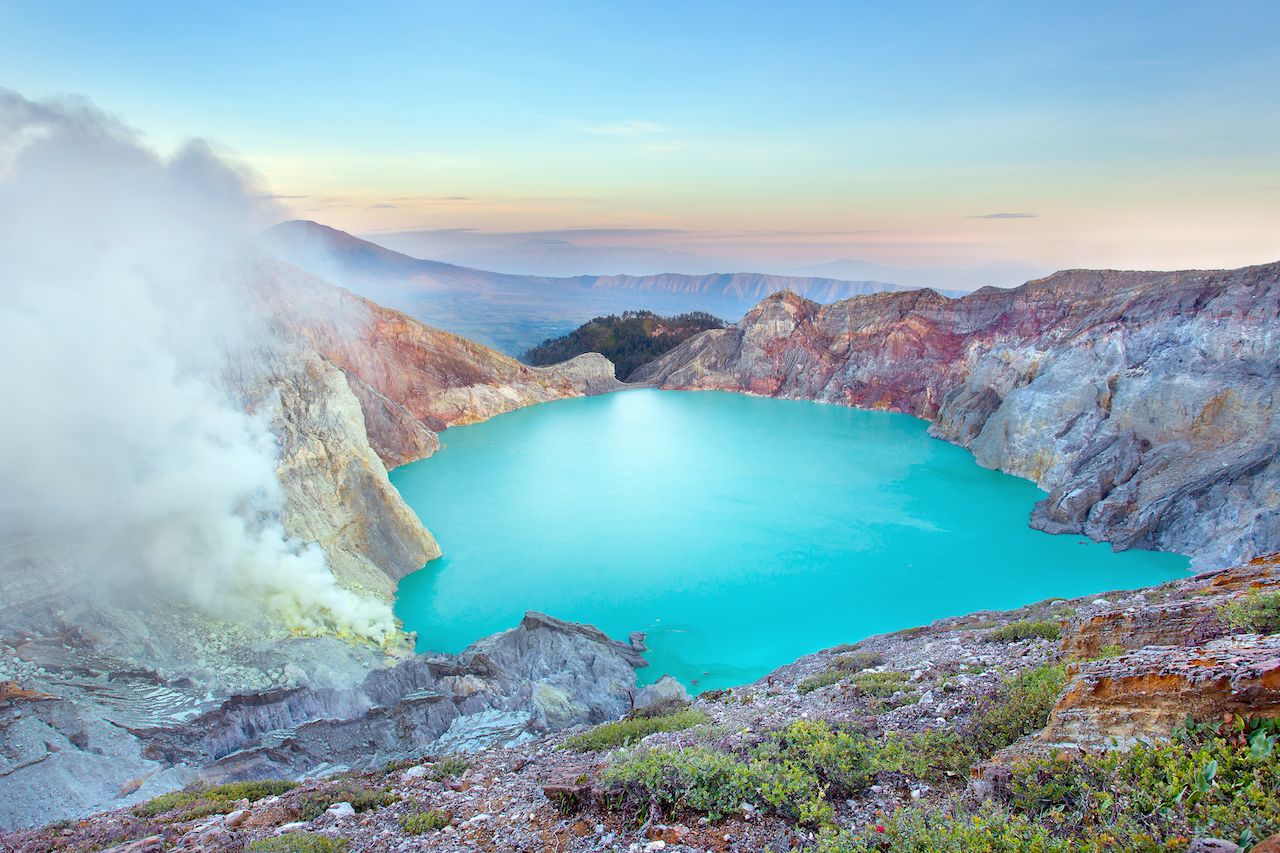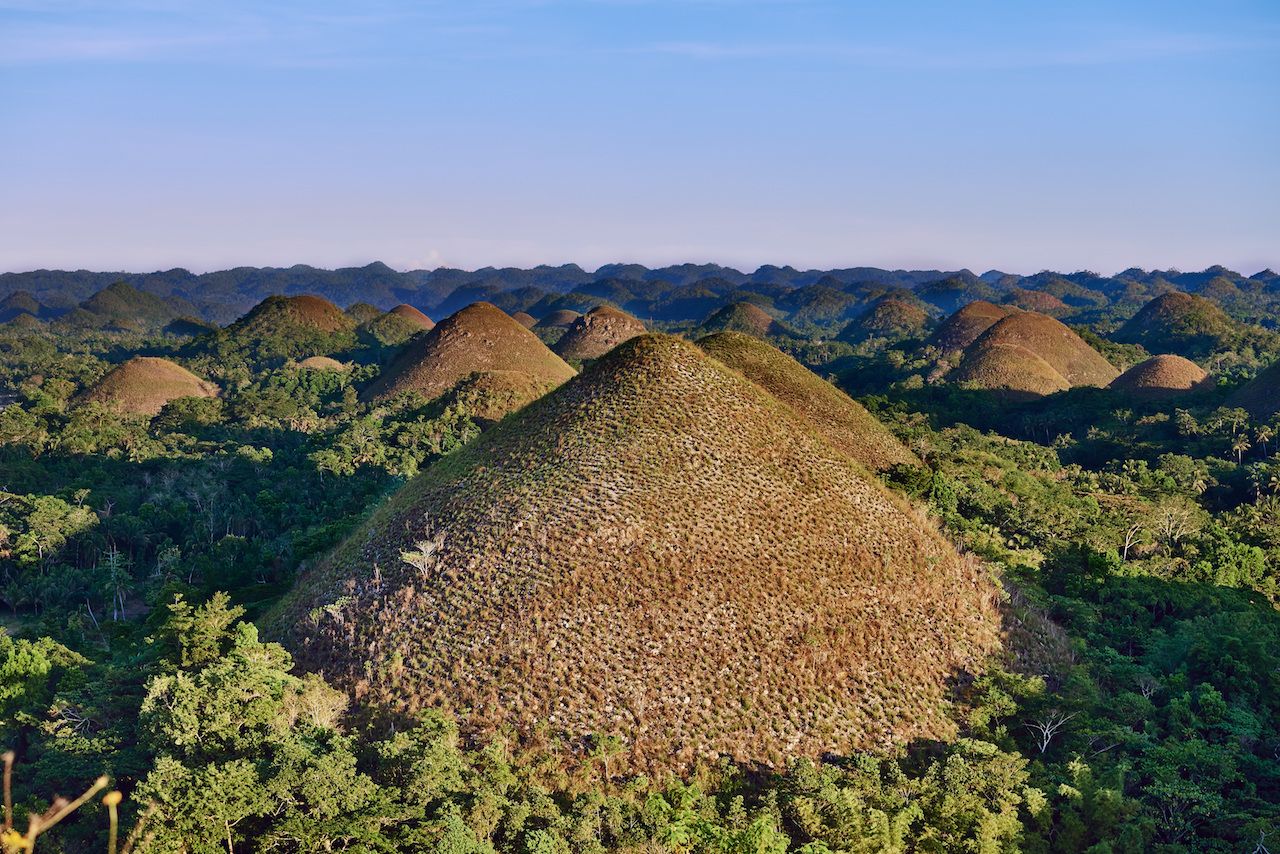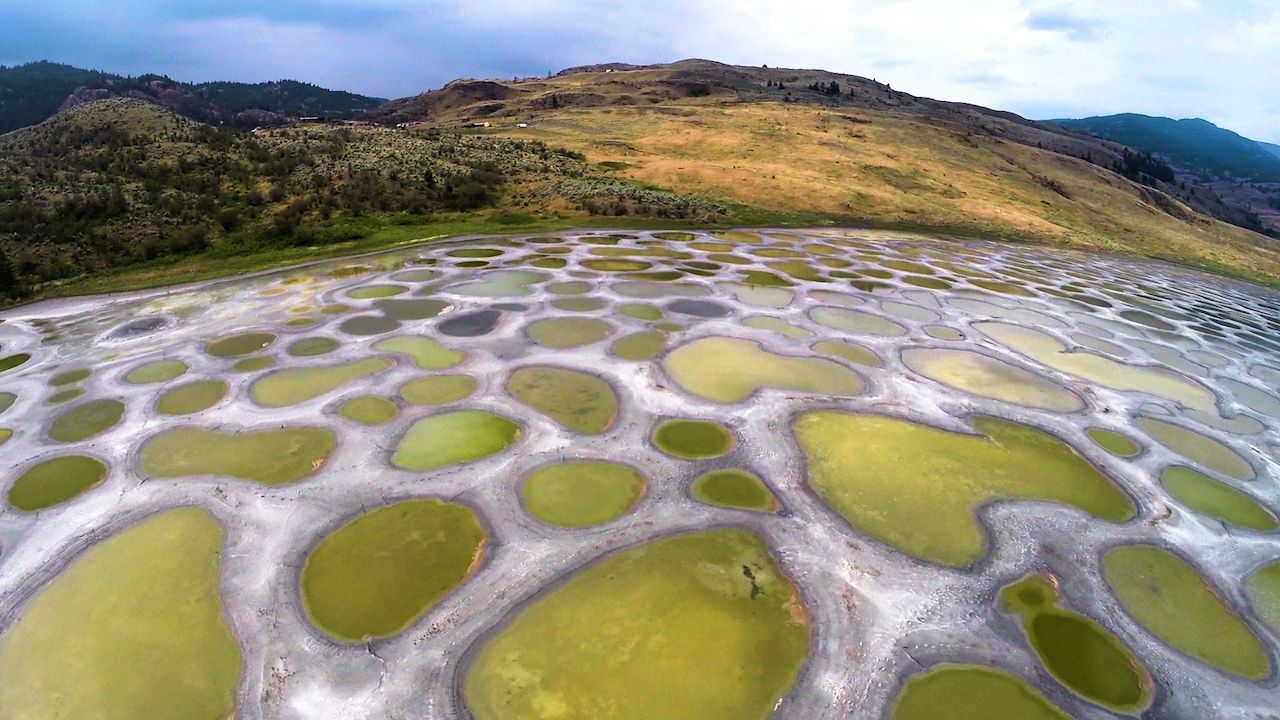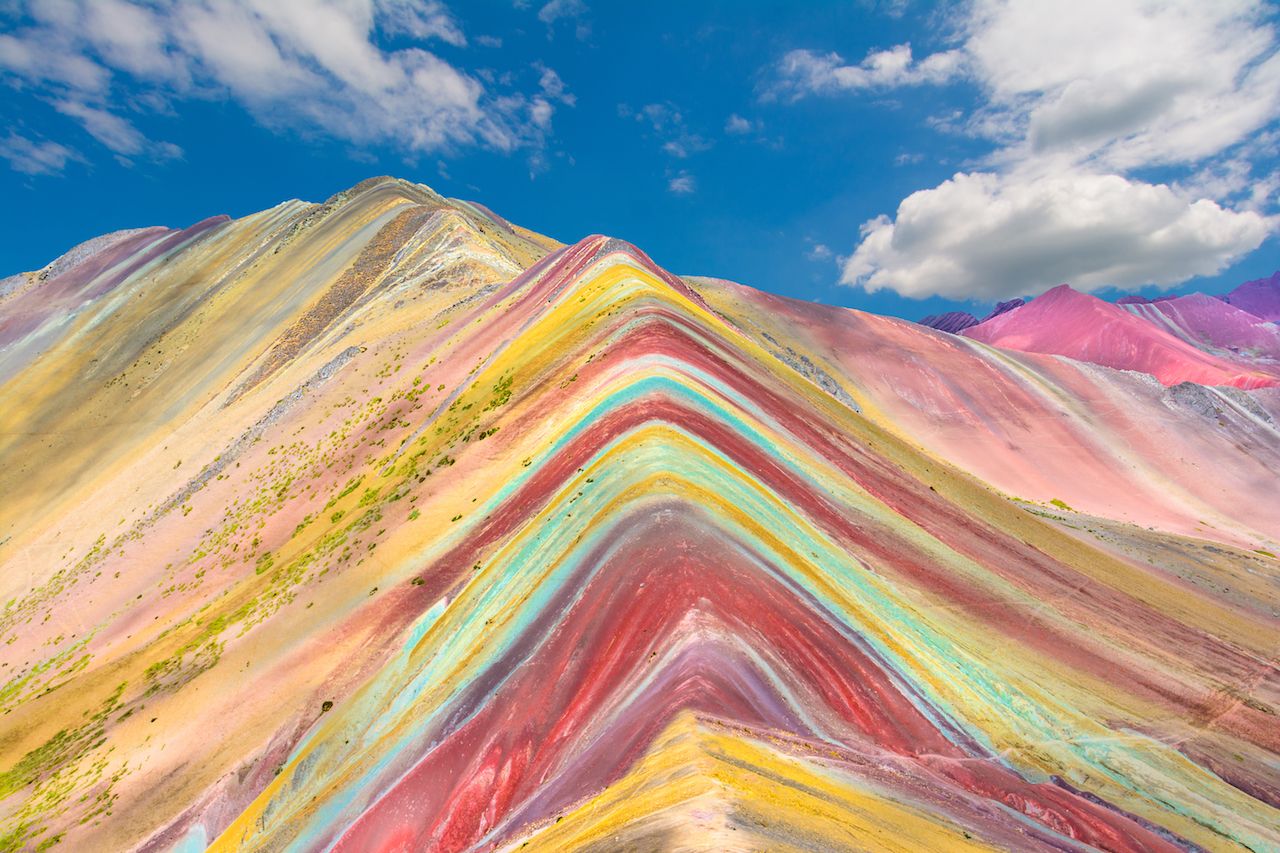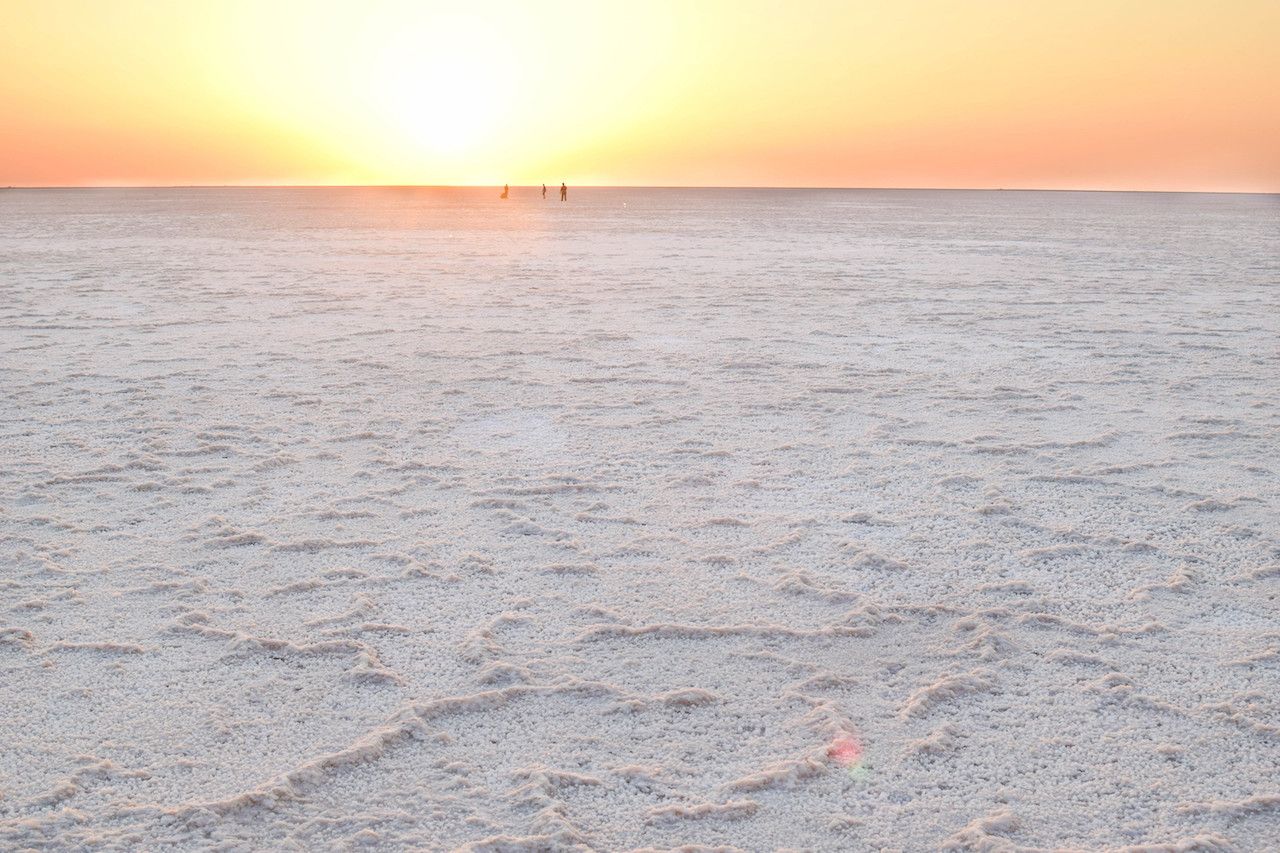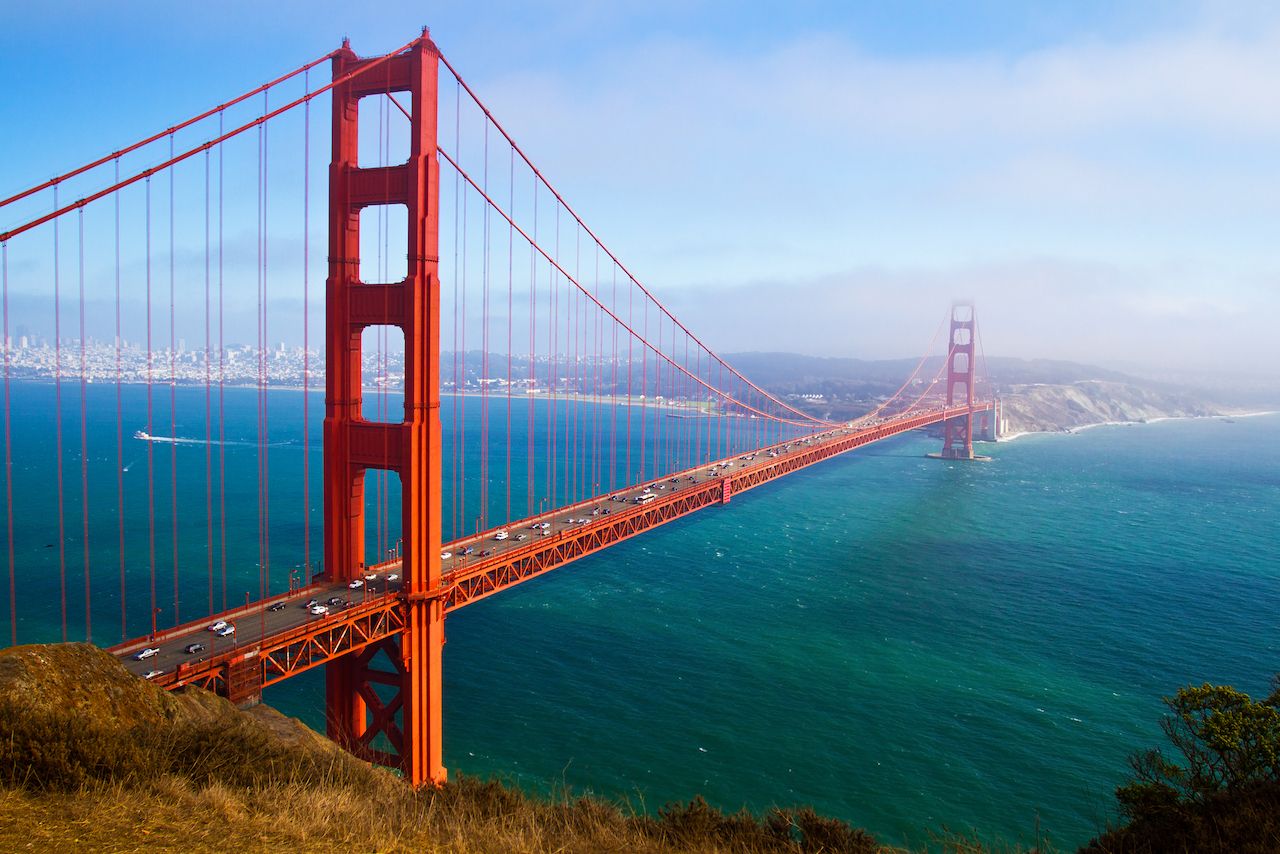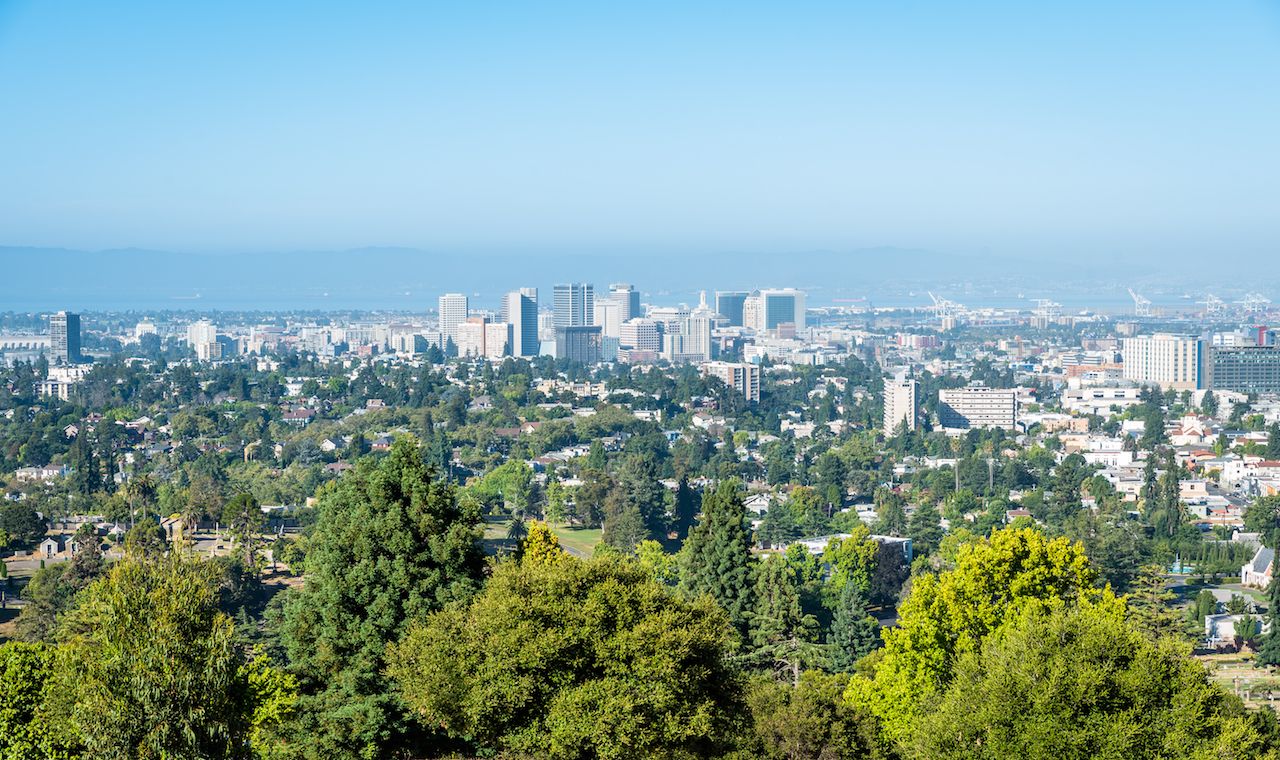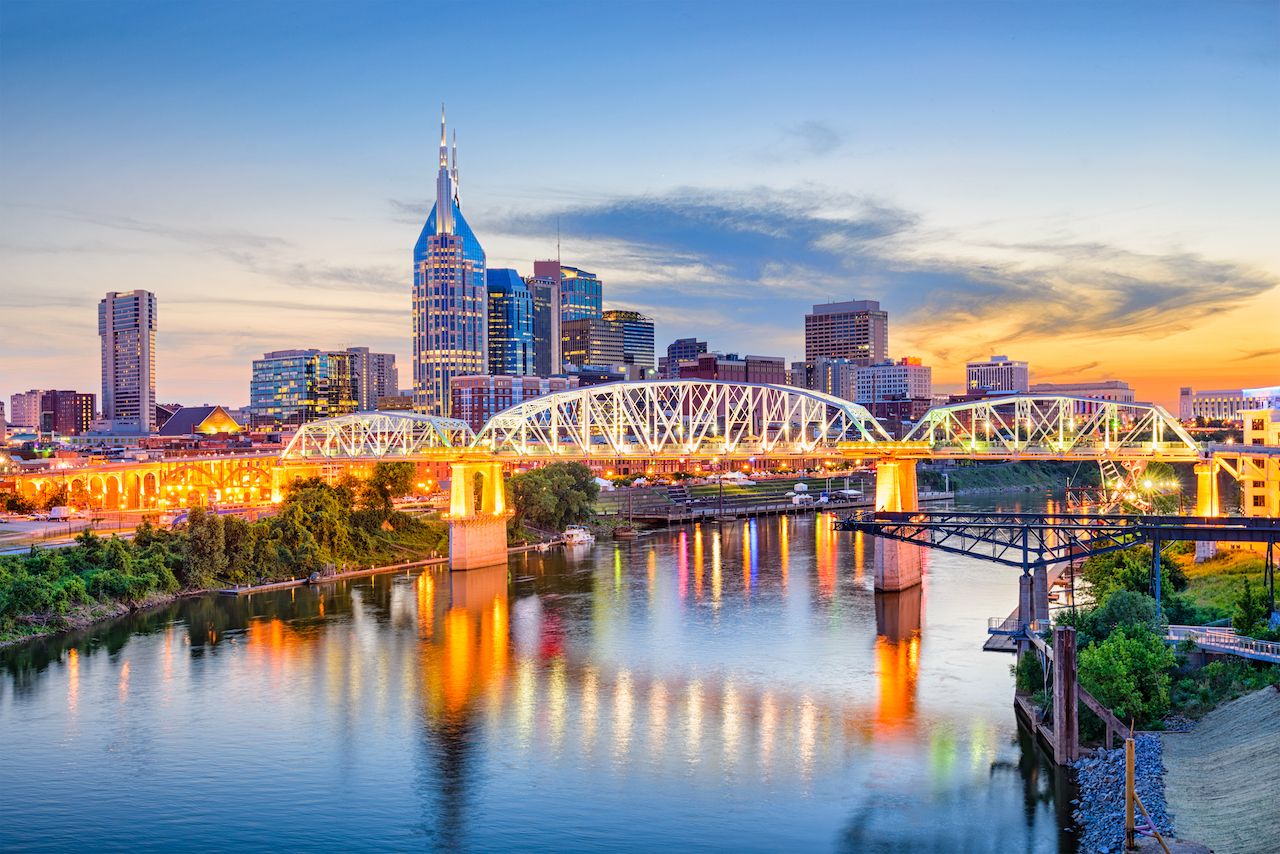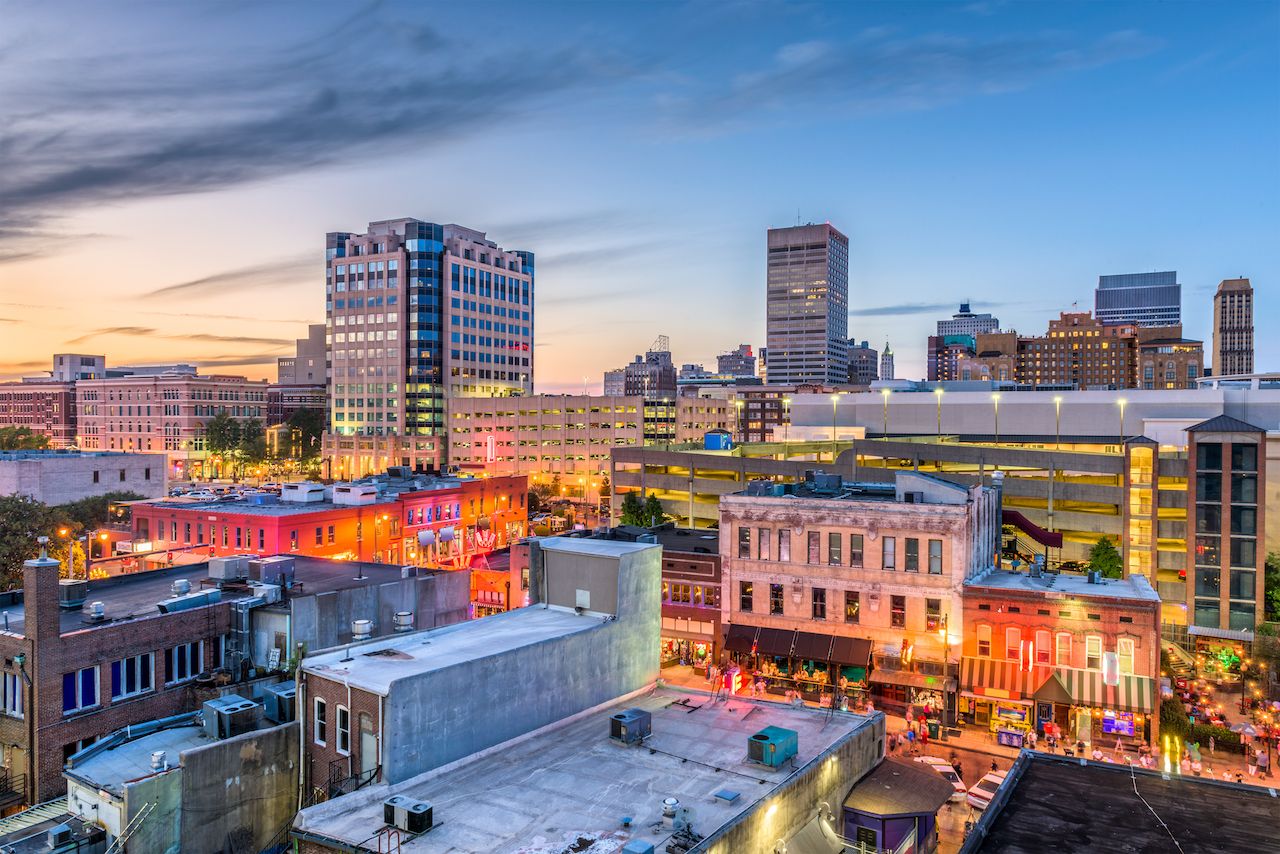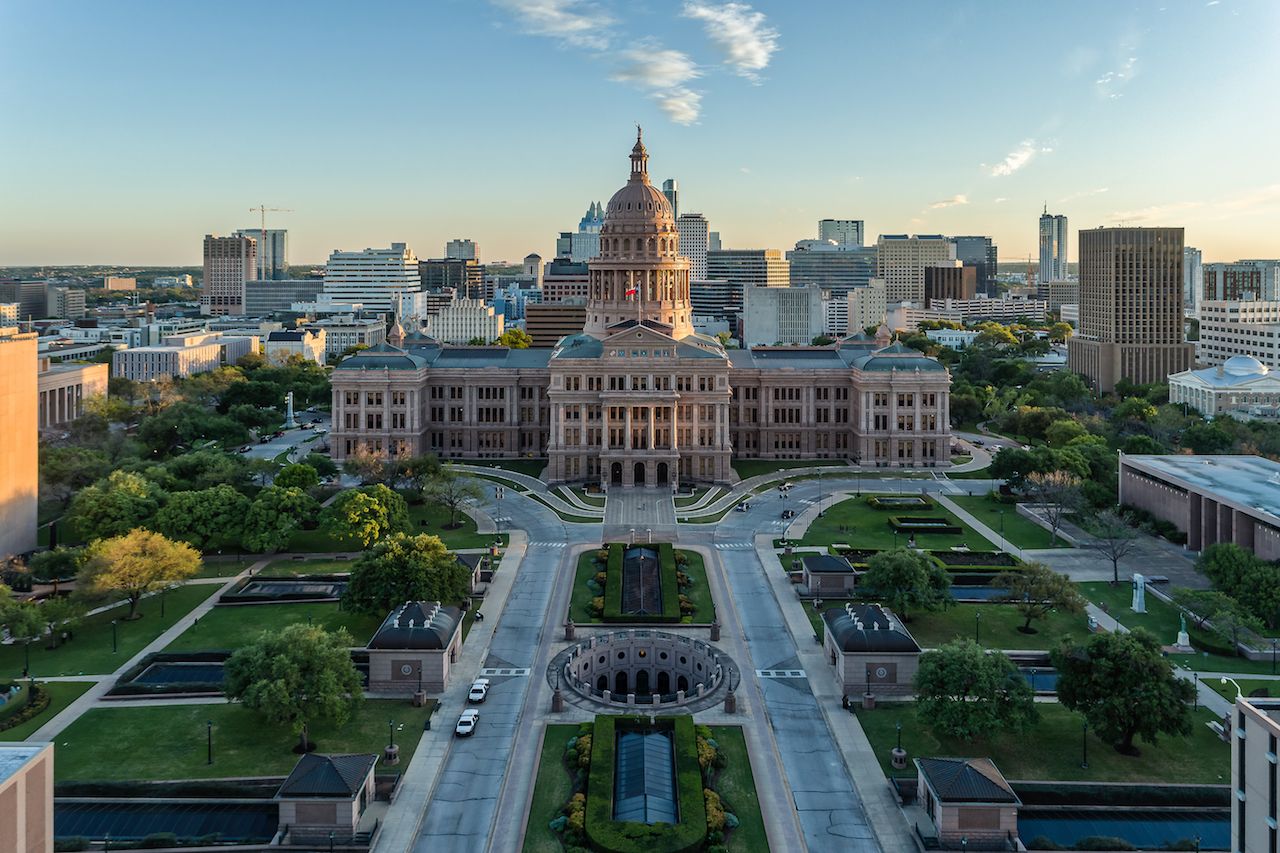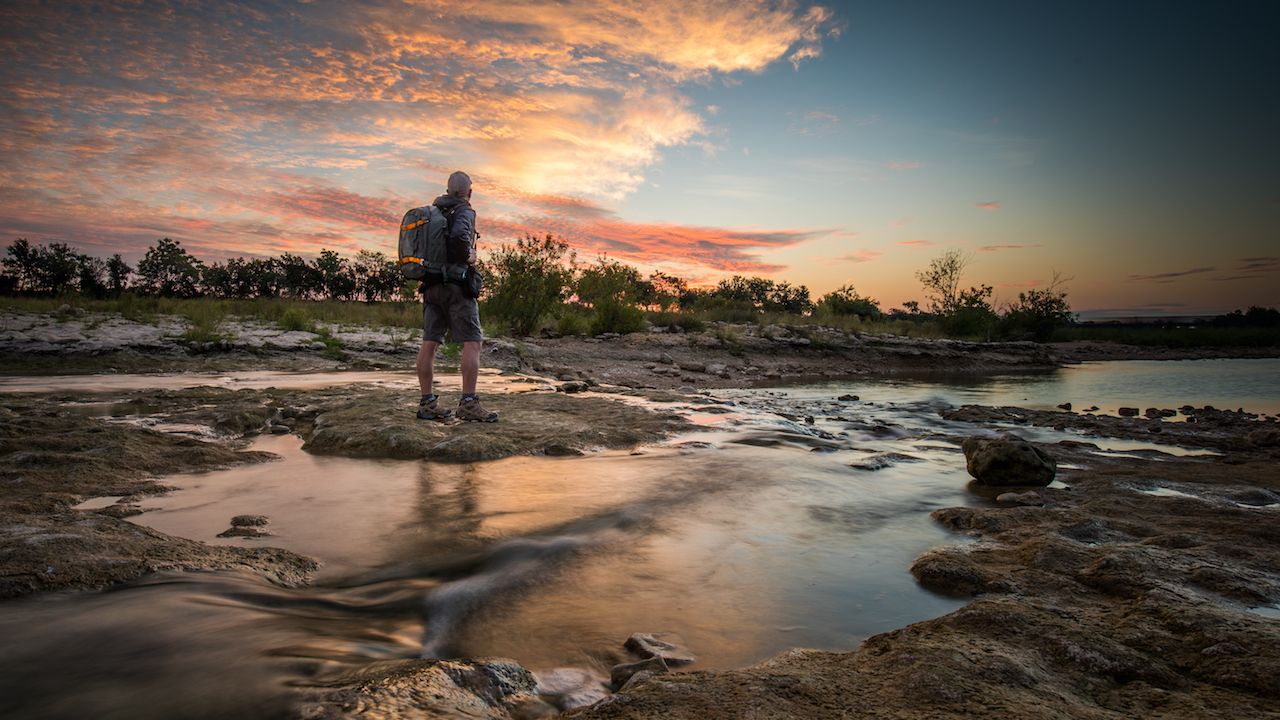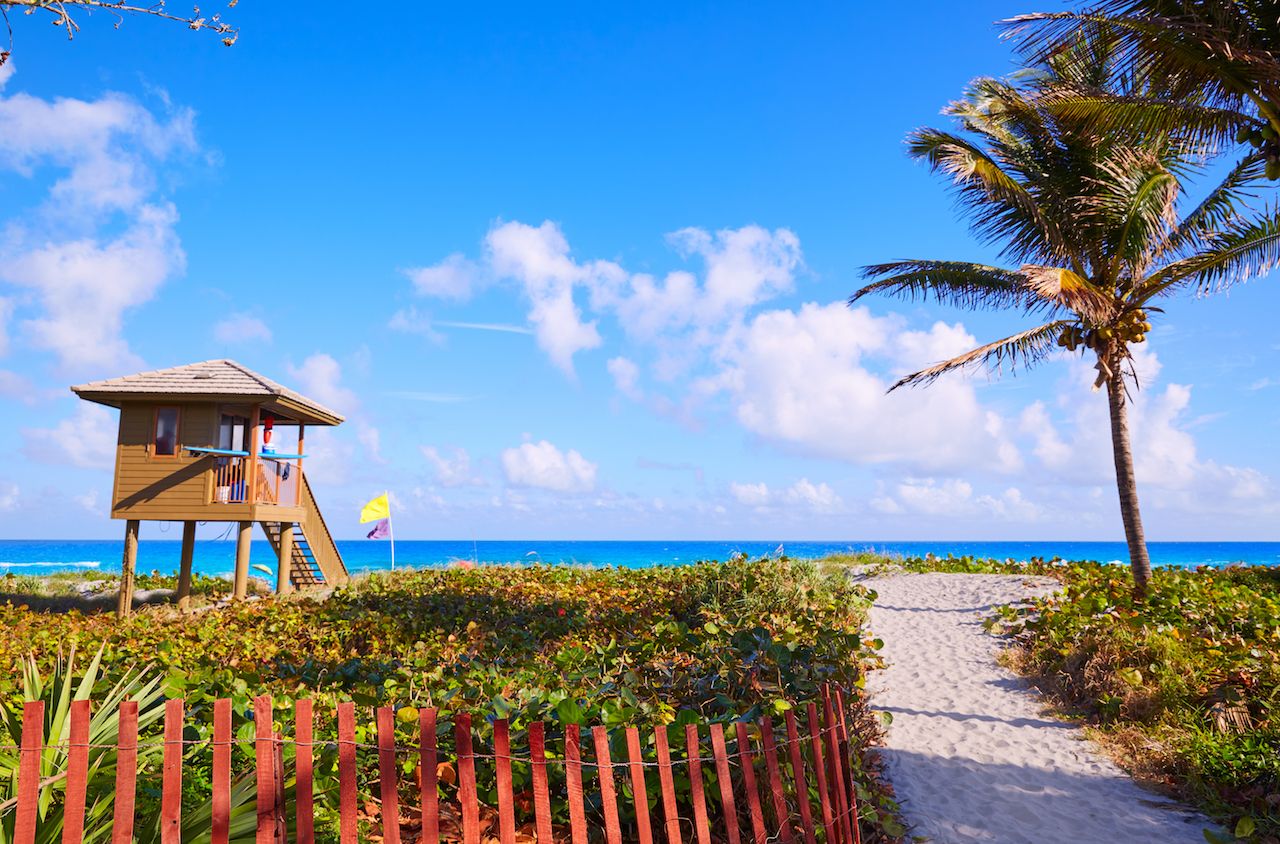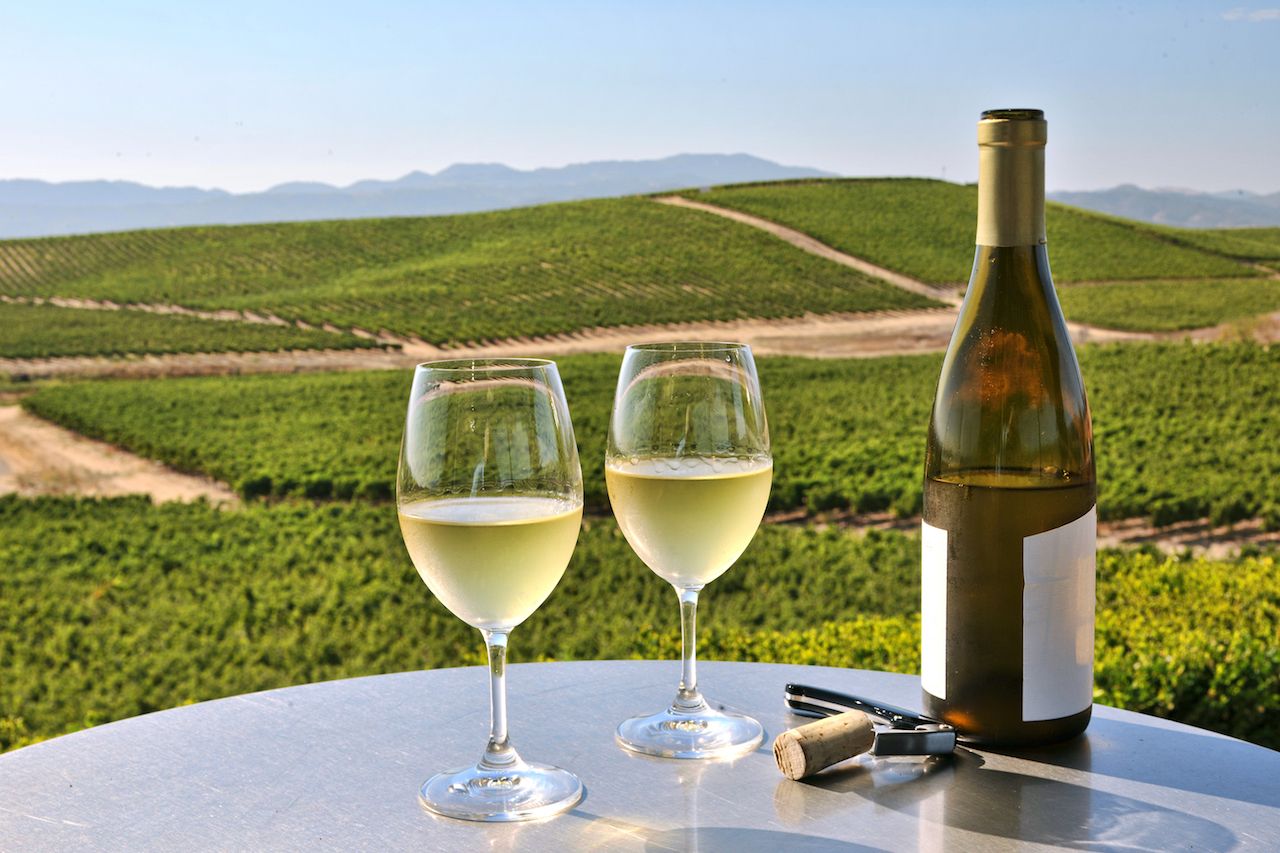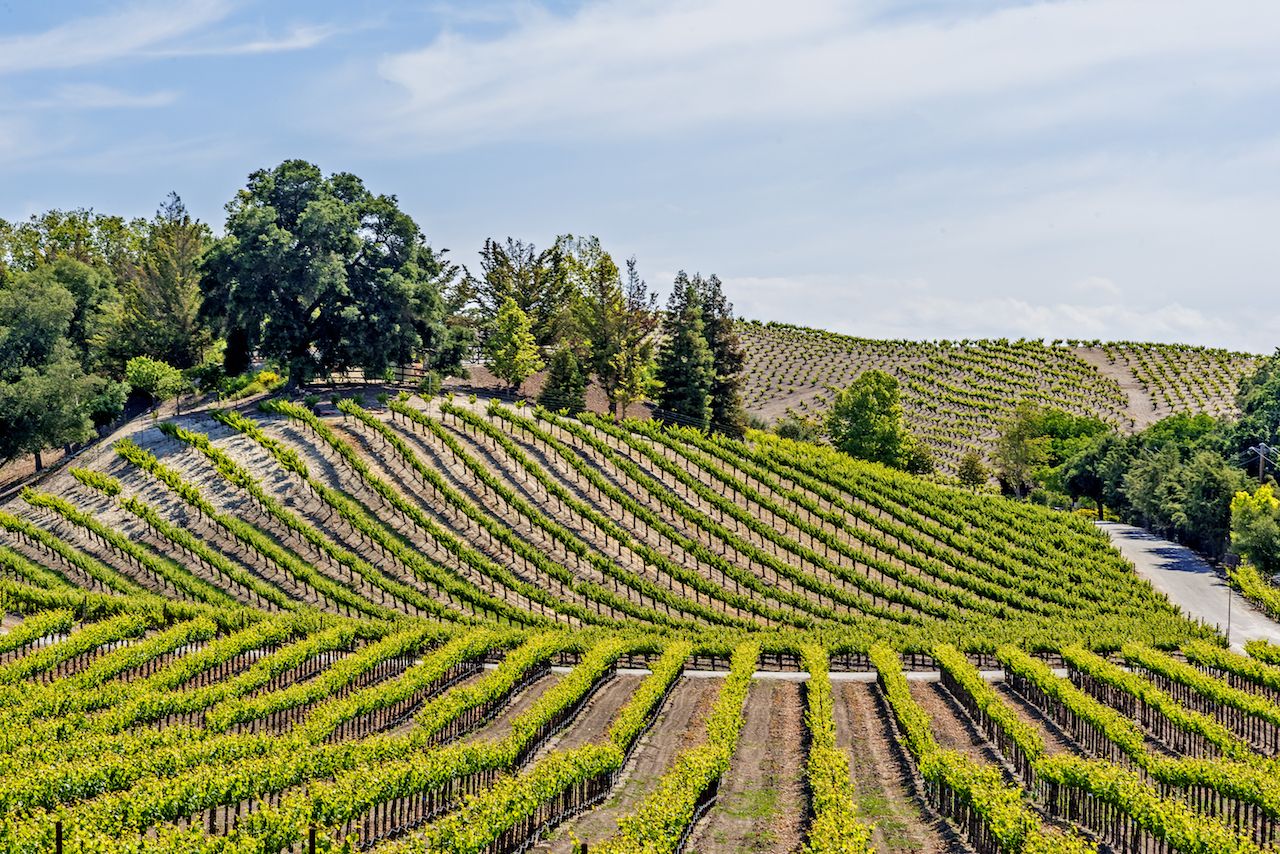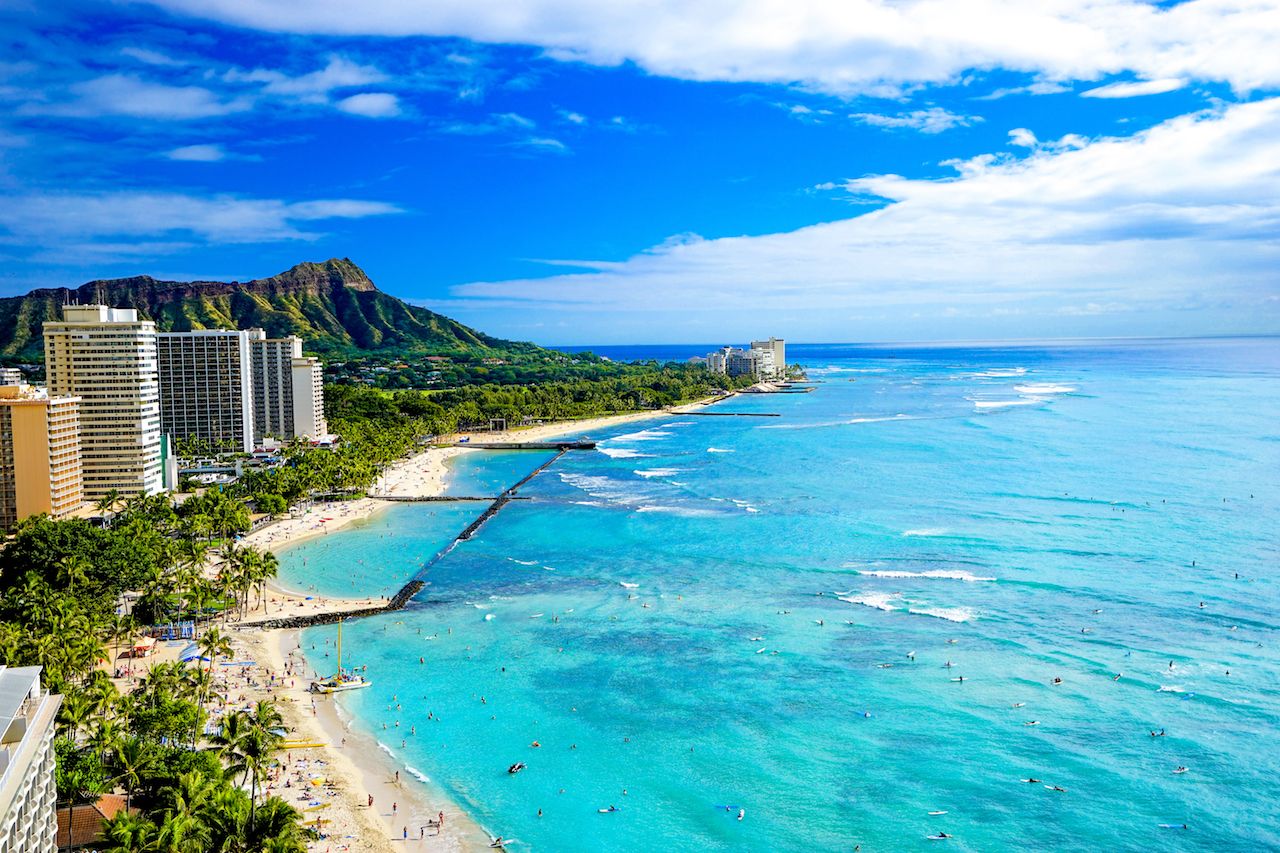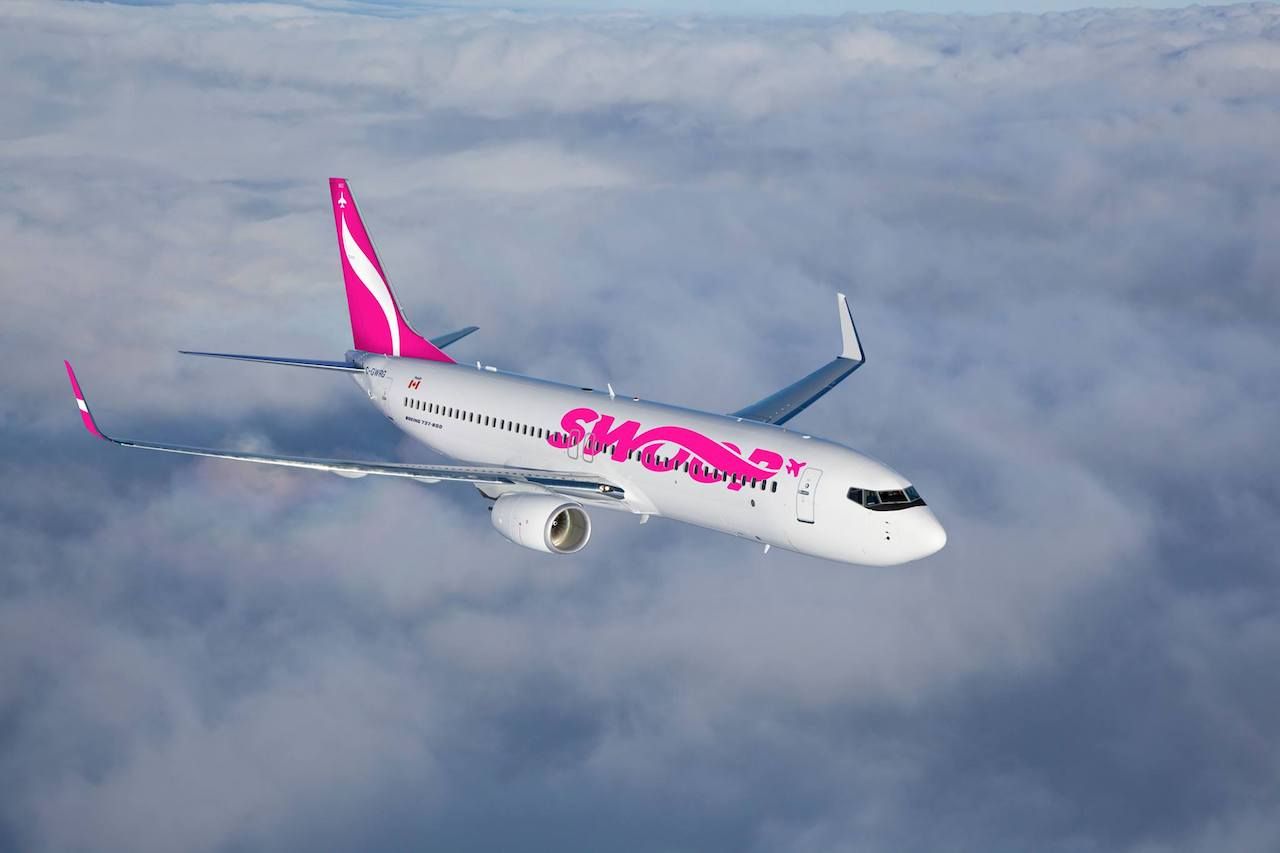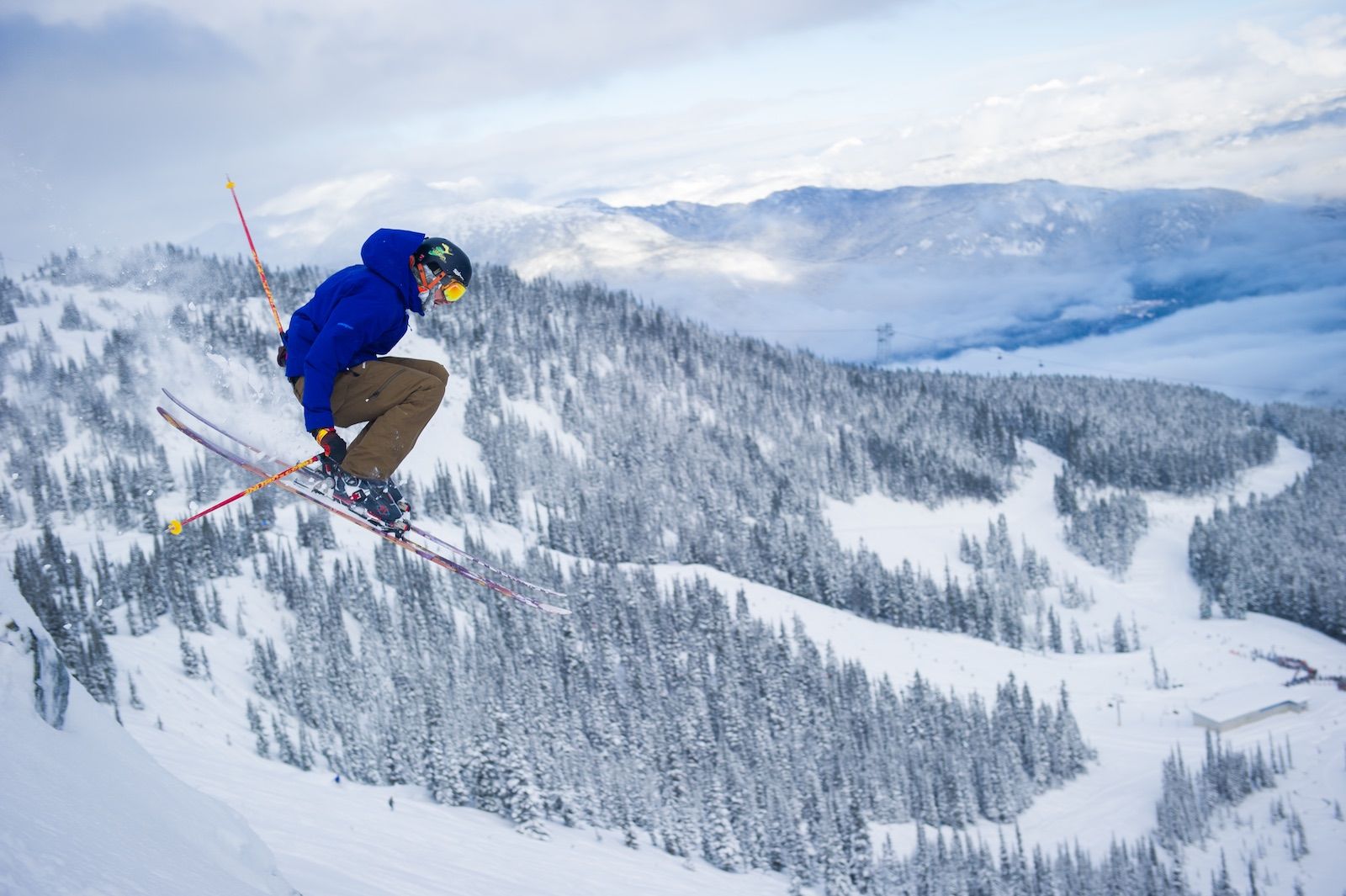
The 12 best places to ski in Canada
Canadians don’t hibernate. When winter comes (and stays), they get outdoors, skate on frozen lakes, snowshoe up mountains, scrunch through white forests, climb icy waterfalls, and hit some of the world’s best ski slopes. Warm fireplaces, great food, and end-of-day drinks also feature prominently on their winter activity list. Ready to join them?
Of all the ways to experience Canada’s cold-weather vistas — from the high, craggy Rockies to Québec’s ancient Laurentians — skiing might just be king. From the slopes of these 12 epic ski resorts and regions, winter is a paradise like you’ve yet to experience.
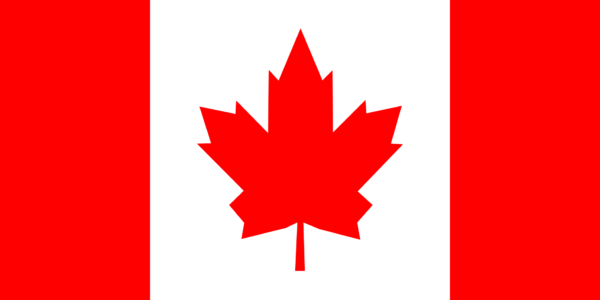
The main draw at Whistler— besides its jagged mountain peaks, ice-blue glaciers, Pacific Northwest style, and impossible amount of skiable terrain — is its chill, continental feel. Canadian PM Justin Trudeau once taught snowboarding here…need we say more?
Beaucoup Canadian dollars have gone into the new lifts up the majestic twin peaks of Whistler and Blackcomb. The new 10-seater gondola rises from the base of Blackcomb and stops at the top of the mountain, next to the already famous PEAK 2 PEAK Gondola, the world’s highest. Skiing rarely gets more scenic than this.
Terrain highlight: Whistler gives you 8,171 acres of skiable terrain with 16 alpine bowls, three glaciers, and more than 200 runs. It’s basically its own powder universe.
Must-try dish: The burger at the hip Cure Lounge at Nita Lake Lodge is one of the best in town. Their fanciful, creative cocktails are also worth the five-minute jaunt from the Village. Après culture is nothing short of stellar here, and the food scene could stand on its own anywhere.
Top off-mountain experience: The purpose-built Whistler Sliding Centre is a remnant of the 2010 Vancouver Winter Olympic Games, now used by visitors who want to experience pressure several times their body weight pushing down on them at 75+ mph. No experience required, but the staff will put you through a guided training session at the before your run.
Same BC powder, smaller BC crowds. Yep, all that fresh quality eiderdown and those beautiful, gladed backcountry runs are just for you.
Sun Peaks Resort is 45 minutes from the city of Kamloops and is the closest interior-BC resort to the Vancouver area. That fact has helped lure young skiers and boarders to this ski-through village, most coming for the “all play and no work” philosophy. If you want to join the party, visit during Snowbombing Canada, a three-day music festival and ski blowout in April, held high in the Canadian Rockies.
Terrain highlight: Three connected mountains span a diverse 4,200+ acres of terrain. On a powder day, the deepest stuff will be in Gil’s.
Must-try dish: Take the Sunburst Express chairlift to mid-mountain as dusk falls for a memorable fondue dinner at the Sunburst Bar + Eatery.
Top off-mountain experience: Go for a ride in one of the resort’s snow groomers. The 45-minute evening tours will give you a chance to see how they carve the ski runs into their tiptop form. Book early!
Most mornings, the premium champagne powder at Big White isn’t reserved for seasoned slope shredders at the top of the mountain — the fresh stuff is on the bunny hills, too. This is one of the most user-friendly (and family-friendly) resorts around, and it totally suits those I-want-everything-at-my-fingertips types.
Alternative activities are as plentiful as Big White’s famous snow: You can climb a 60-foot ice tower, gorge on the resort’s very own custom-designed chocolate from famous French chocolatiers, or take an evening sleigh ride through the lantern-lit village.
Terrain highlight: Ski among the gorgeous-but-eerie “snow ghosts” Big White is known for. The hoarfrost-covered trees look like old, bowed alpinists who’ve been frozen in place for hundreds of years.
Must-try drink: A flaming Gun Barrel coffee at Snowshoe Sam’s, a 30-odd-year institution at Big White. For this one, brandy-spiked coffee is set aflame with the help of an antique double-barrel shotgun.
Top off-mountain experience: How about the ultimate grownup off-piste activity: premium wine tastings (the resort is near one of Canada’s best wine regions)? Or get the best of all worlds by signing up for the resort’s Masters’ Week, which includes premium Big White skiing and après-wine-and-food tastings at choice local restaurants.
If you don’t come to Banff’s Sunshine for the four mountain faces, come for the heated, butt-warming chairlift — the first of its kind in Canada. Getting up to 9,000 feet has never been so comfortable.
Terrain highlight: On a sunny day, Insta-seekers head to the top of the Divide Chair for incredible views of Mt. Assiniboine, also known as Canada’s Matterhorn, towering above all the other pointy peaks.
Must-try dish: High tea in a castle. Fairmont Banff Springs is nicknamed Canada’s “Castle in the Rockies.” It’s straight out of a fairy tale, right down to its turrets and grand rooms.
Top off-mountain experience: Ride the gondola to the Verde Day Spa for a hot stone massage.
Kicking Horse is a full glass of champagne powder. Regulars love its burly terrain and its bowls, ridgelines, and chutes — the most in North America. And the vibe? More low-key than just about anywhere — this resort practically feels like skiing in the backcountry.
Terrain highlight: The biggest new terrain expansion in North America this year is happening at Rudi’s Bowl — 660 more acres and an increase of vertical to 4,460 feet.
Must-try drink: Start the evening with a Caesar — Canada’s answer to the Bloody Mary — at Eagle’s Eye Restaurant. Ain’t nothin’ like diggin’ into an Alberta Angus Beef Ribeye steak 7,700 feet in the sky, either.
Top off-mountain experience: Sign up for an up-close learning session on local mountain creatures at the Northern Lights Wildlife Wolf Centre in Golden, a short drive from the resort.
The Laurentians contain Québec’s most destination-y ski resorts, drawing people from all over the world for the province’s unique Europe-meets-North America vibe.
Mont Tremblant abuts a purpose-built, pedestrian-only alpine village that’s arguably the most bonafide holiday destination in the region. There’s a grand total of 102 trails on four slopes, many of them wide, groomed, and flat — perfect for beginners. Sommet Saint-Sauveur has some of Québec’s longest runs; it’s only 45 minutes from Montreal, and locals often come here to stretch their legs on weekends. Mont Blanc is a go-to resort for all levels of skiers and snowboarders, with the region’s second-highest peak, 41 trails, and 682 vertical feet.
Terrain highlight: The Versant Nord, or North Slope, is the locals’ secret at Mont Tremblant. All of its glades make for a great, challenging run.
Must-try dish: Poutine, of course (that’s crispy French fries doused in gravy and topped with squeaky cheese curds). It’s Québec’s glorious contribution to the cannon of comfort food.
Top off-mountain experience: Spa Scandinave, hidden in a forest outside Tremblant, is a welcome addition to the ski scene. You can give your muscles some TLC in a eucalyptus-infused steam room or sauna, sit under a warm waterfall, or take a short dunk in the freezing river.
Revelstoke is for serious powder-seekers. You can burn your thighs down the longest lift-serviced vertical in North America, but heli-skiing is probably the first thing that should come to mind when you think of this resort. Skiers from around the world consider Revelstoke the Holy Grail of this extreme sport and make the journey to breathe in this purest of mountain air and slide down these purest of untouched lines.
Terrain highlight: Revelstoke has the most vertical in North America: 5,620 feet. The longest run is a whopping 9.5 miles, dropping from the top of Mount Mackenzie to Mackenzie Avenue, in the heart of Revelstoke’s village. Start training!
Must-try dish: The Village Idiot is an iconic après hangout. They’ve mastered the art of the tried-and-true pizza/beer/patio/live music combination. Try the Southwest Vegetarian!
Top alternative experience: Heli-skiing! Beyond that, sign up for the First Tracks program. It’ll let you hop the lifts and get onto the corduroy 45 minutes before the general public.
You’ll find Lake Louise insiders at the Back Side, where lines are lean and snow is plentiful. This resort has everything you could wish for: jaw-dropping views, steep shots, wind-loaded pockets, iconic cliff drops for expert riders, and green and blue runs from every lift for shier ones. The ice castles on the frozen turquoise lakes barely make the brochure.
Terrain highlight: Drop into any of the Back Side bowls for a powder day you’ll remember for the rest of your life.
Must-try drink: Grab a drink crafted from Banff’s pristine, glacier-fed waters at Banff Ave Brew Co. or Park Distillery.
Top off-mountain experience: If you get the opportunity to skate on frozen Lake Louise before snow falls, the ice should be crystal clear — but you’ll likely still see fish swimming beneath you.
If we had to narrow down the things Fernie is famous for to one, it’d have to be the bowls: five epic amphitheatres strung together, all full of awesome, airy, deep, blinding-white snow. Hell, even face-plants at 30mph are kind of fun in a place with powder like this.
Terrain highlight: The Currie Bowl “rope drop” is a Fernie favorite. Extreme riders gather at the top of the bowl, waiting for the ski patrol to drop the rope to signal open access to that steep, steep Currie Powder after a proper dump.
Must-try drink: Griz Bar’s (named after the Griz, a local legend) offers the “Mogul Smoker,” a blend of Appleton’s Estate VX rum, Kahlua, coffee, and hot chocolate, topped with whipped cream. It’s the ultimate après warm-up.
Top alternative experience: A Winter Sports School ski touring expert from the resort can lead you up a designated run, with equipment that allows you to glide uphill.
The mountains of the Eastern Townships offer consistently good snow and uncrowded, well-maintained trails. Beyond the basics, there’s showshoeing, plenty of mountain eye candy, great food, and a straight-up cool après scene.
Bromont is probably best known for its night skiing — 97 of its 114 trails are lit. Sutton is Montreal’s beloved close-to-home mountain. It’s well-priced, charming, and famous for trails that are a mix of glades and narrow runs. Owl’s Head is spectacularly scenic, with beautiful vistas overlooking shimmering Lake Memphremagog. And Mont Orford, in Parc National du Mont Orford, has 50+ trails and glades and an impressive vertical drop of 1,933 feet over three mountains.
Terrain highlight: The Alleghanys run at Sutton is great for beginners/intermediates looking to level up. It starts at the top as a blue and traces the shoulder of the ridge, becoming a green about halfway down.
Must-try dish: Definitely get your palate on some locally sourced roast Brome duck magret with balsamic and maple sauce at Hotel Chéribourg, near Mont Orford.
Top off-mountain experience: Torch-lit nighttime snowshoeing might change your life. Splurge on some chocolate fondue around the campfire at Mont Orford’s Le Cerisier Visitors Centre when you return.
At a mere five minutes away, Mt. Norquay is the closest mountain to the town of Banff, and it’s where you’ll find the locals sneaking up the Big Chair in search of first tracks. Once you get to the top, there’s views for days.
Terrain highlight: Norquay’s mixed Terrain Park was designed for freestyle noobs as well as more experienced park-riders.
Must-try dish: Play James Bond in the very retro Cliffhouse Bistro on the mountain, off the North American Chair. Try a locally focused cheese or charcuterie plate and, of course, note the view.
Top off-mountain experience: Norquay Tube Park after dark. It features a snow tube magic carpet and eight long sliding lanes with significant drop.
No car? Pas de probléme. A shuttle service from downtown Québec City can get you to some of the region’s best ski stations.
Mont-Sainte-Anne has lots happening on three sides of the mountain, including 71 trails, fun terrain parks, and gorgeous glades with fairytale names like Le Forêt Noire. The setup at Massif de Charlevoix wastes no time — the parking lot is at the top of the mountain. Get out of the car, clip into your skis, and point them downward to the village. Stoneham is only a 20-minute drive from downtown, with many locals grabbing their skis and heading there after punching out of work for the day.
Terrain highlight: Mont-Sainte-Anne’s FIS-recognized La Crete race trail runs the summit with fantastic views and a sustained 40-degree pitch.
Must-try dish: Don’t miss out on the foie gras from the nearby Ferme Basque at La Ferme Hotel’s Restaurant Les Labours, in Baie-Saint-Paul.
Top off-mountain experience: Ice canyoning. You’ll rappel down frozen waterfalls in Mont-Sainte-Anne. Go as fast or as slow as you like.

The post The 12 best places to ski in Canada appeared first on Matador Network.


